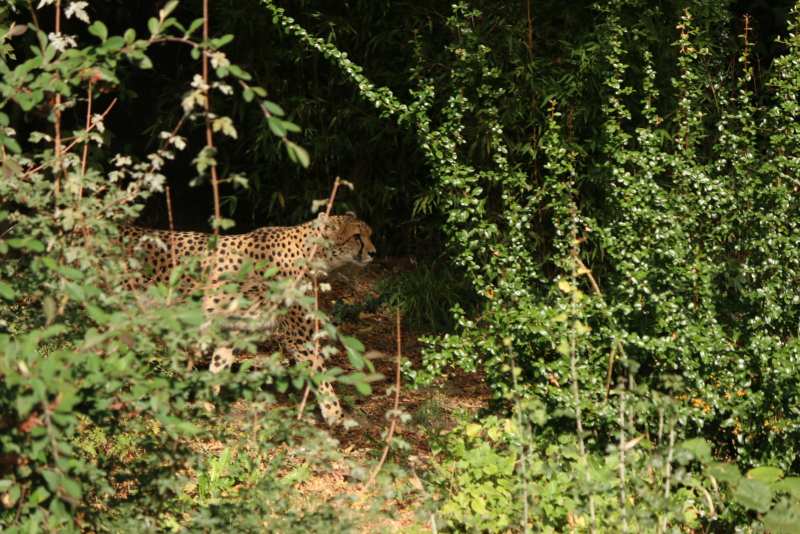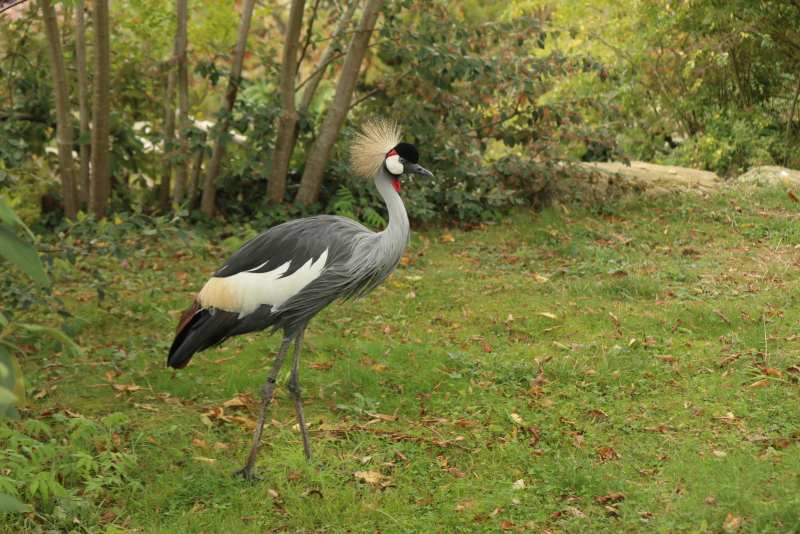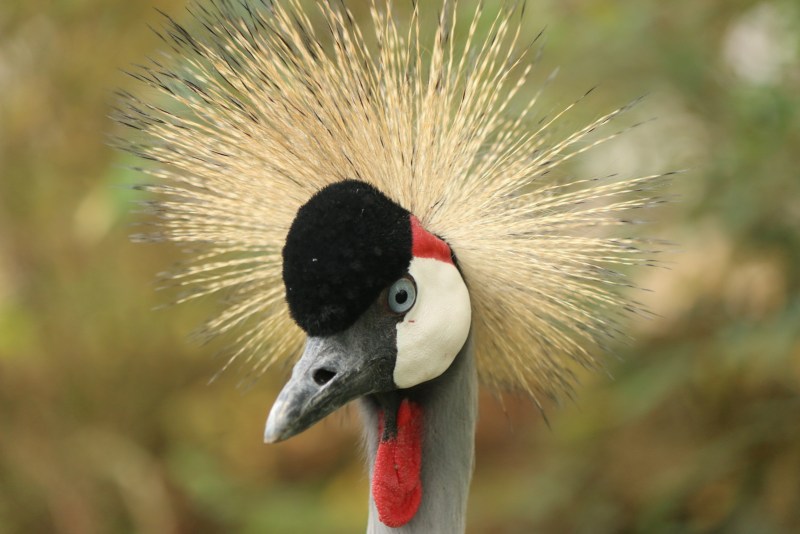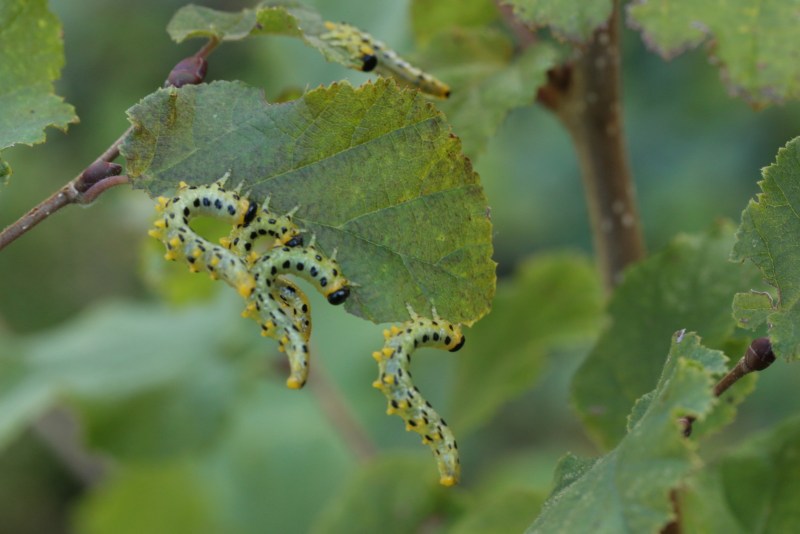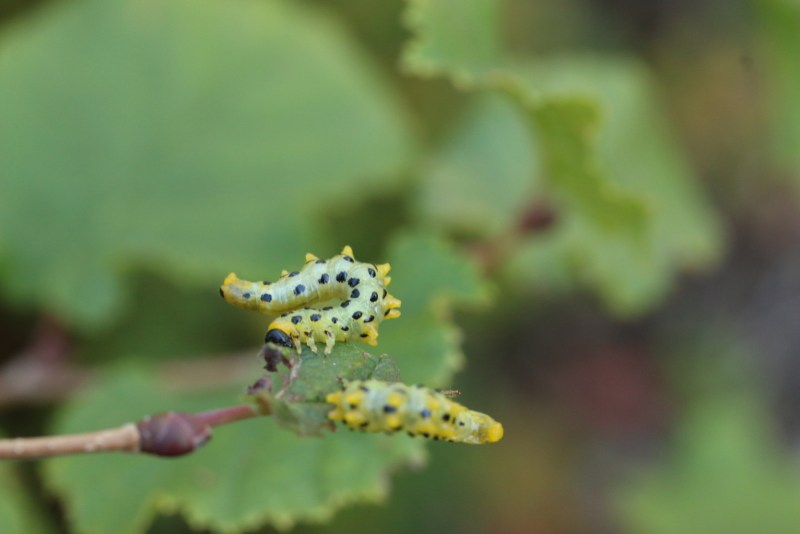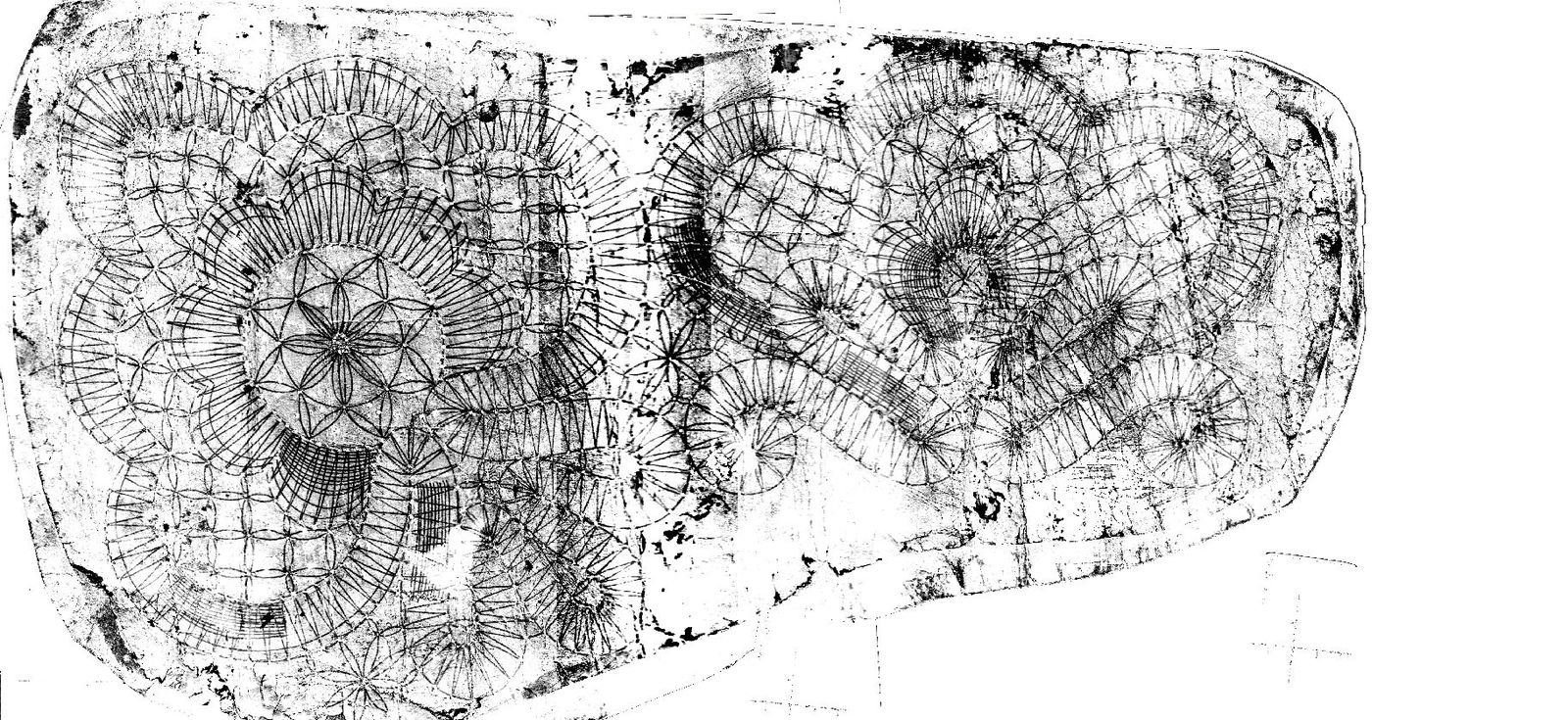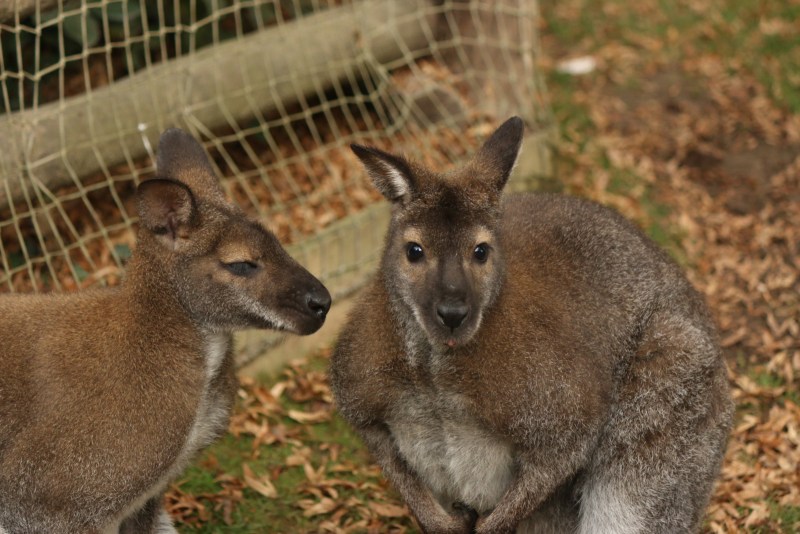Raccoons are very cute, but also an invasive species, which is why I like them best in zoos.
The next animal is just pretty, though a serious mistake by nature because the poor animal is usually only lean enough to hunt when almost starved and then their prey gets stolen by others. Why, nature, why?
And now from pretty to drop dead gorgeous…


